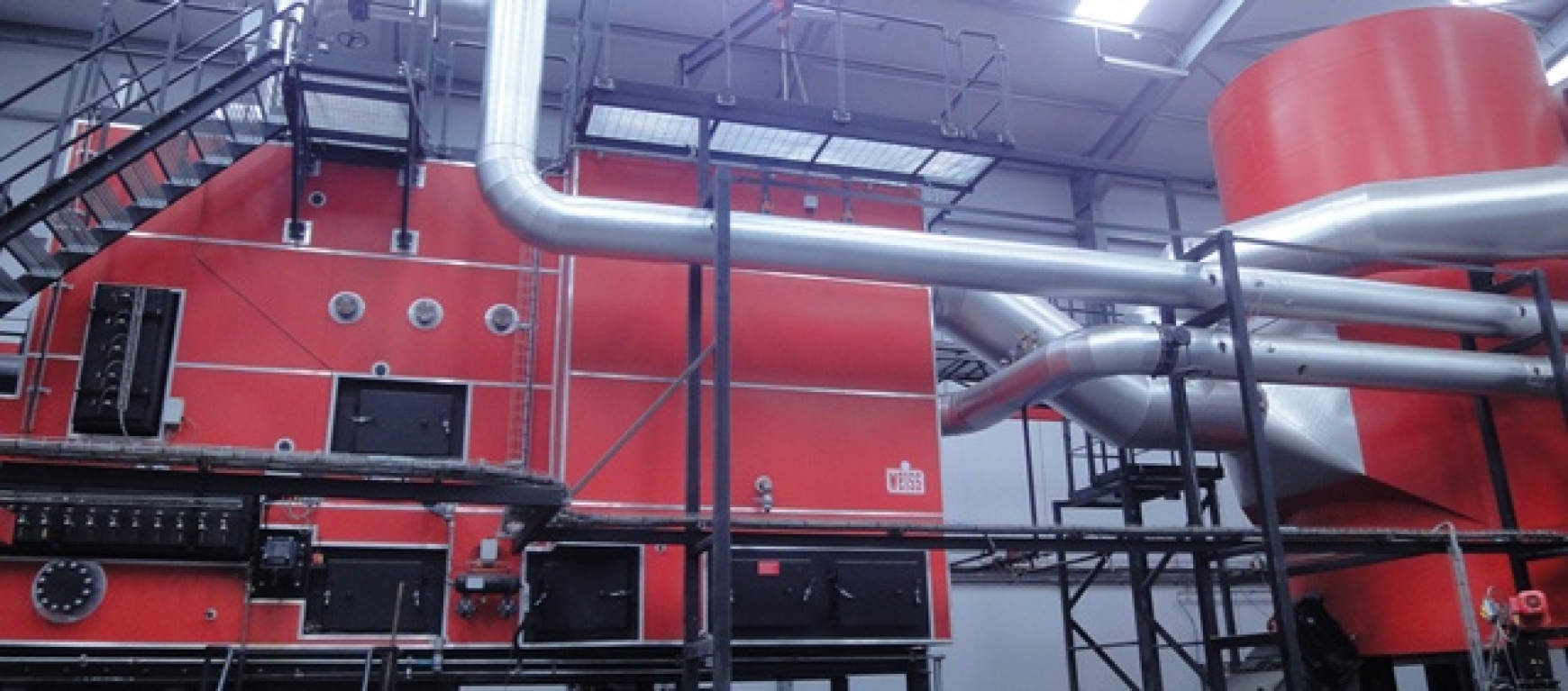If you have a new Medium Combustion Plant (MCP) or Specified Generator (SG) and have applied for a bespoke environmental permit, or soon will, the Environment Agency (EA) is providing additional support for applicants in England and Wales from 02 October 2020 to 30 June 2021.
Once a bespoke permit application has been submitted, and receipt of application and fee confirmed by EA staff, the applicant can notify the EA of their intention to operate under a Regulatory Position Statement (RPS): RPS 243 or RPS 244.
An RPS is, in effect, temporary cover for applicants waiting for the EA to issue a permit. RPS 243 covers MCPs burning gas, oil, or virgin solid biomass, between 1 and 50 MWth input, and gas SGs between 1 and 20 MWth input. RPS 244 covers MCPs burning clean untreated waste wood (but not treated or demolition waste wood, or plants less than 1MWth input). Sites regulated by Local Authorities or outside England cannot apply for these RPSs as they have their own determination processes.
RPS Compliance
Each RPS has certain conditions, and ongoing compliance must be maintained. On receiving an RPS request, the EA will notify their regional EA combustion team responsible for regulating the applicant’s area, who will respond to notify the applicant that they are aware that plants are operating whilst their permit is being determined. They will request that emission stack testing be completed by an MCERT accredited lab within 4 months of the initial RPS notification or first operation (whichever is later). Emission Limit Values used when commissioning and testing must be those used in the permit application, as per the appropriate Environmental Permitting Regulations (EPR).
Applicants yet to install or commission should inform their local EA team of the expected completion dates for the plant, confirming that testing will be completed within four months.
In either case, test results should be forwarded to the EA, regardless of pass or failure, as any breaches of emission limits must be notified to the EA and investigated.
Sites are also required to have an Environmental Management System in use on site, both for the RPS and the eventual permit.
What happens to permit applications for RPS covered sites?
Operators granted an RPS will have their bespoke permit application reclassed and moved to a lower priority queue. Permit applicants who are unable to use an RPS (e.g. variations, transfers, and surrenders) will be assigned a permitting officer ahead of earlier applicants requesting RPS. This is because, being unable to operate, they are given higher priority. After 30 June 2021, the EA will start allocating RPS covered sites to permit officers who will then contact applicants with any queries prior to permit determination.
When will the RPS be Withdrawn?
All being well, the RPS will remain active throughout the permit application until determination, at which point the permit will be either issued or rejected. An issued permit automatically supersedes the RPS. If the permit is rejected, the RPS is withdrawn and plant must cease to operate or be in breach of EPR with operators liable to enforced shut down, fines, or sanctions as deemed fit by the EA’s enforcement and sanctions policy.
If you need support with a new environmental permit application, environmental management system, extractive testing management, or any further advice on anything discussed in this blog, please call the NFU Energy team on 024 7669 8899.


